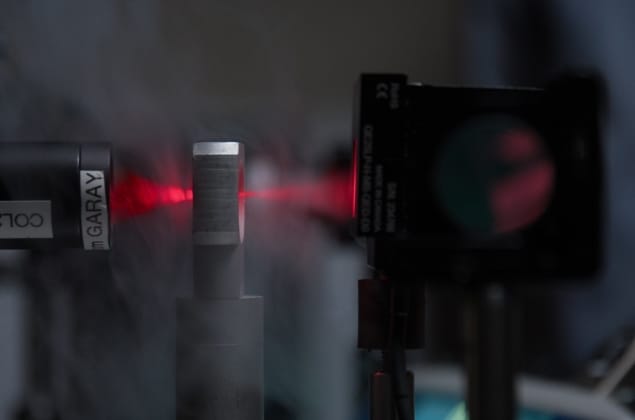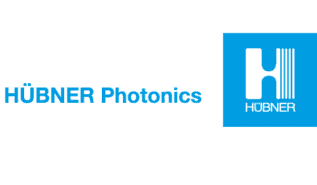
A low-power pulsed laser has been used to weld ceramic materials together in room-temperature environments for the first time. The technique, demonstrated by Javier Garay at the University of California, San Diego and colleagues, could bring about diverse new applications for electronic and optoelectronic devices.
Welding is a crucial element of modern manufacturing, but it is very difficult to do with ceramic materials because they have extremely high melting temperatures. While ceramics can be melted by lasers, the materials tend to be poor conductors of heat and this results in large temperature gradients and cracking. These gradients can be avoided by placing the components in a furnace and heating them to high temperatures, but this means that welding cannot be used to encase heat-sensitive objects such as electronics within ceramic containers — something that could be very useful to do.
Garay and colleagues reckoned that cracking at room temperature could be avoided by aiming ultrashort laser pulses directly along the interfaces between ceramic materials. By focusing heating on these interfaces for short durations, they discovered that individual molecules could be made to absorb multiple photons, preventing heat from spreading to other areas.
Short, sharp pulses
The team identified two sets of parameters required to optimize this technique. Firstly, the laser must have a pulse duration limited to 2 ps; a pulse repetition rate of 1 MHz; and a relatively small number of pulses should be used. Secondly, the ceramic should have the optimum balance of light absorption and scattering. These parameters enable efficient coupling between the laser light and the material, meaning the laser could operate at just 50 W, and in room-temperature environments. It also maximizes levels of two-photon absorption, which ensures heat remains highly localized to the weld itself.
Garay’s team then demonstrated their concept by fully enclosing an electronic payload inside a ceramic tube, capped by transparent ceramic circles at both ends. Where previous techniques risked destroying such a device through overheating, the highly localized weld left the payload fully operational once encased. The researchers also used the same pieces to contain a high vacuum, which held-up against leaking to a degree satisfactory to industrial standards.
While the researchers achieved welding with simple ceramic pieces around 2 cm in size, they hope to optimize their technique to work with larger-scale materials with more complex geometries in future studies. This could bring about electronics with casings that make them highly shatterproof, and able to operate in space and other harsh environments. It could also allow for optoelectronic devices for use in biomedical implants.
The new technique is described in Science.
Physics World’s Laser at 60 coverage is supported by HÜBNER Photonics, a leading supplier of high performance laser products which meet the ever increasing opportunities for lasers in science and industry. Visit hubner-photonics.com to find out more.



